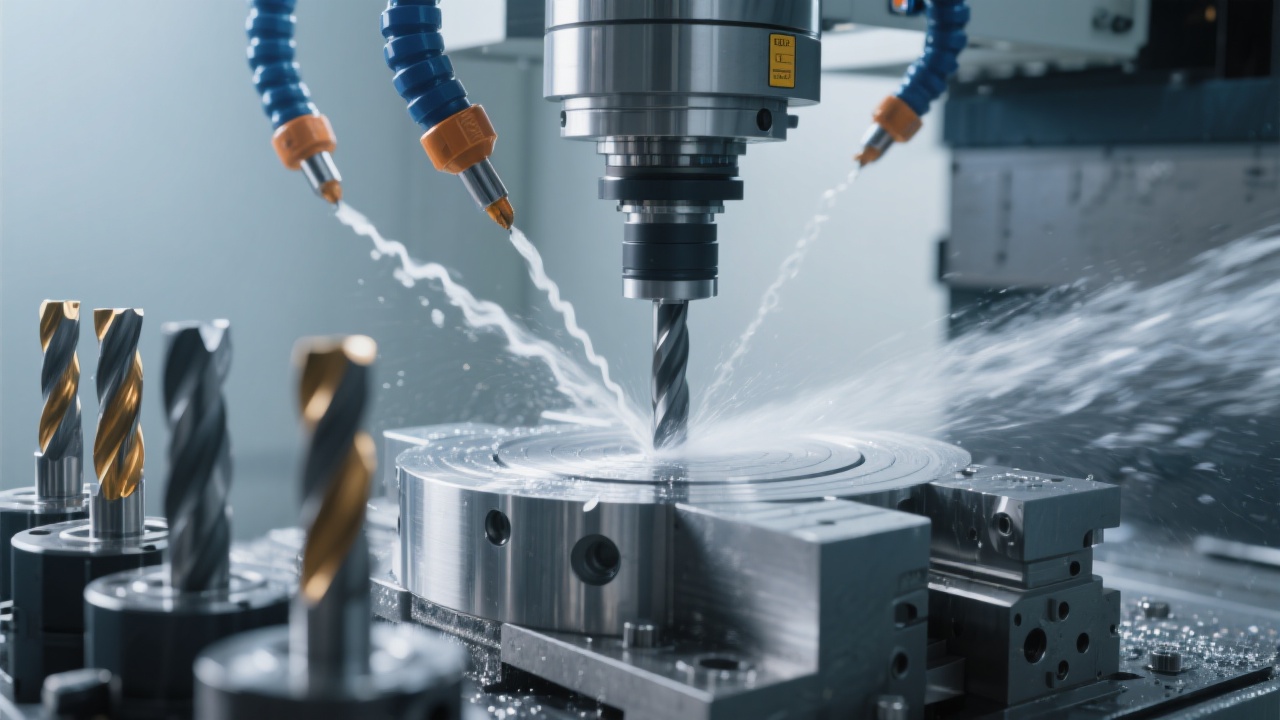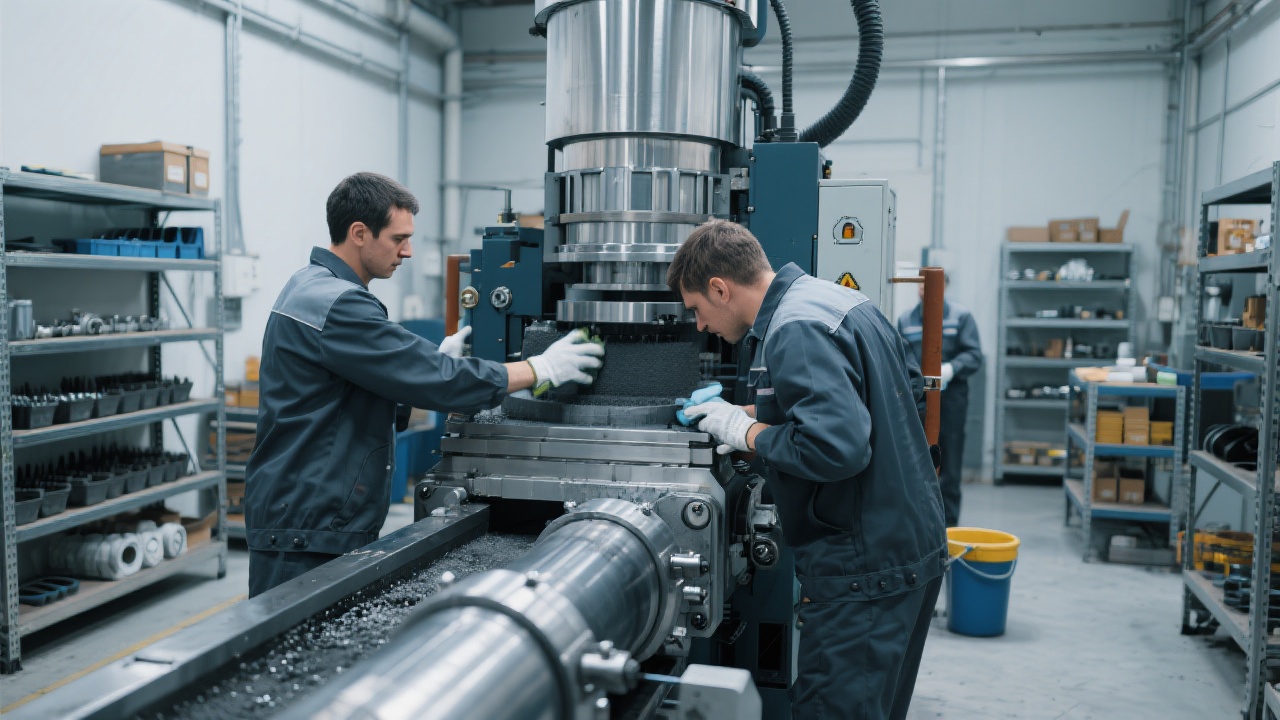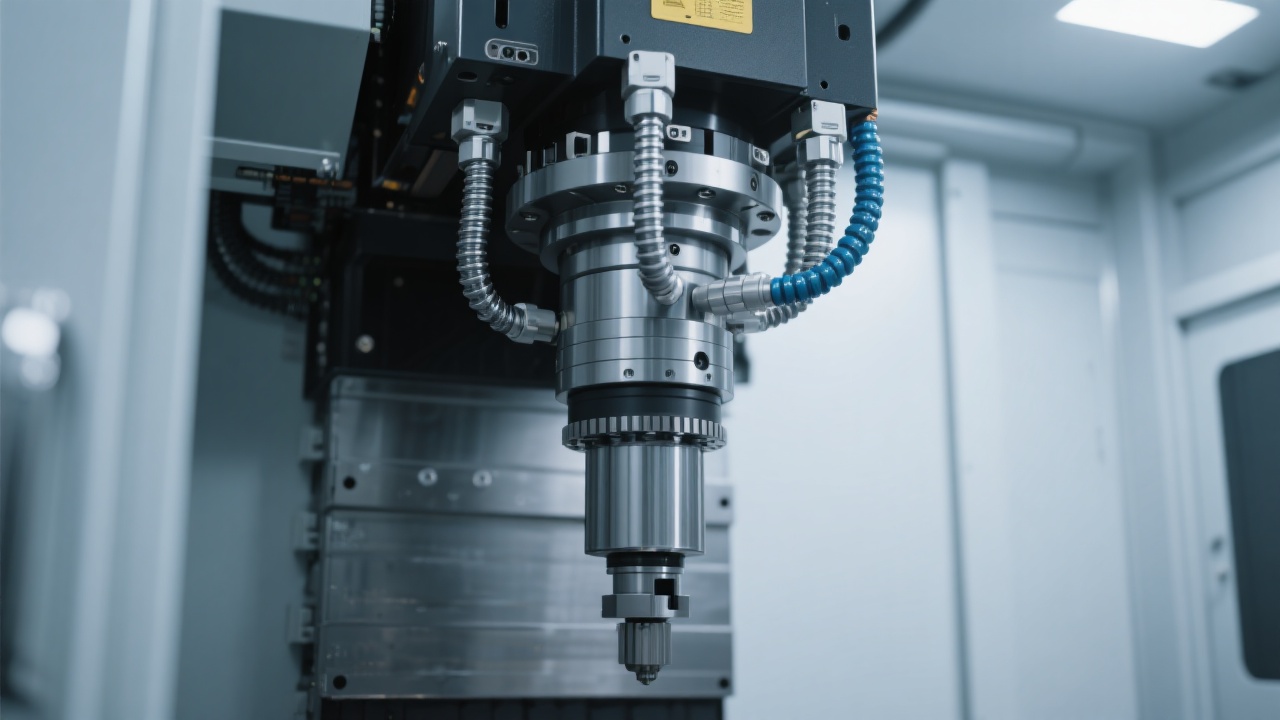
In the competitive footwear industry, the manufacturing of high-end shoe sole molds presents significant challenges due to the intricate and complex curved surfaces involved. Traditional three-axis CNC machining methods often fall short, plagued by frequent part re-clamping, alignment errors, and suboptimal surface finishes. Enter five-axis machining — a transformative technology that elevates precision, efficiency, and flexibility in shoe sole mold production.
Five-axis CNC machines manipulate the cutting tool using five different axes simultaneously, enabling complex tool orientations and trajectories that three-axis machines cannot achieve. This multi-axis coordination allows the tool to maintain an optimal angle relative to the curved surfaces of shoe sole molds, significantly improving machining accuracy and surface quality.
| Parameter | Three-Axis CNC | Five-Axis CNC |
|---|---|---|
| Number of Re-Clamping Operations | 3-5 times per part | Less than 2 times per part |
| Typical Surface Roughness (Ra) | 0.8 – 1.2 µm | 0.2 – 0.4 µm |
| Average Machining Cycle Time | 8-12 hours | 5-7 hours |
The intricate contours of shoe soles demand precise and consistent machining to maintain functional performance and aesthetic appeal. Traditional three-axis machining struggles with complex undercuts and variable slopes, often requiring multiple setups that introduce cumulative errors and increase scrap rates.
Five-axis machining, by contrast, allows simultaneous rotation and tilting of both the tool and the workpiece, facilitating continuous machining of 3D curved surfaces in a single setup. This capability reduces:
Resulting in improved mold durability and better replication of original design intent.
Leading footwear mold manufacturers have adopted five-axis machining to meet market demands for fast-turnaround, small-batch, variant-rich shoe sole production. For example, a European shoe mold supplier reported reducing delivery lead time by 35%, while improving first-pass yield from 75% to 93% after integrating five-axis machining centers.
Moreover, the improved surface finish reduces the need for costly post-processing like manual polishing or surface coating — directly cutting operational expenses.

To fully leverage five-axis machining, manufacturers must optimize parameters such as:
| Parameter | Recommended Range/Value |
|---|---|
| Spindle Speed | 10,000–18,000 RPM (depending on material) |
| Feed Rate | 1,200–2,500 mm/min |
| Tool Path Strategy | Multi-surface constant scallop height finishing |
| Tolerance | ±0.01 mm or better |
Manufacturers aiming to upgrade or optimize their shoe sole mold production process should:
This phased approach limits initial investment risks while unlocking significant improvements in manufacturing capability and product quality.

The transition to five-axis machining represents a strategic step for shoe sole mold manufacturers aiming to stay competitive in a fast-evolving market, characterized by demand for diversified products and tighter lead times.
What challenges have you faced when machining complex shoe sole molds? Share your insights and questions below — let's advance the conversation on precision manufacturing together!
Discover How Five-Axis Machining Can Transform Your Shoe Mold Production


